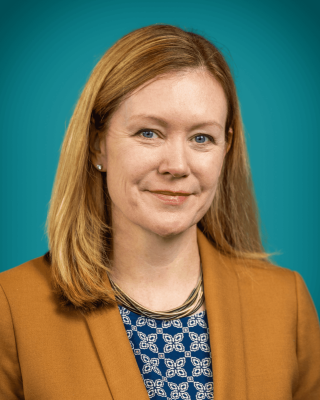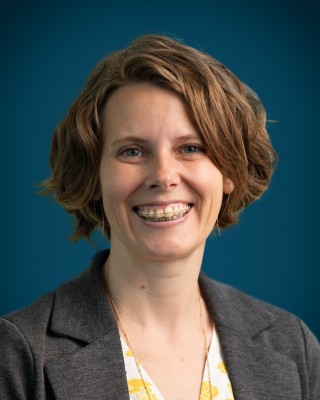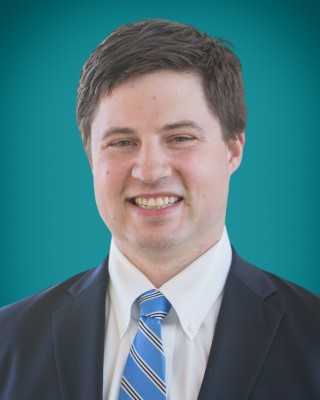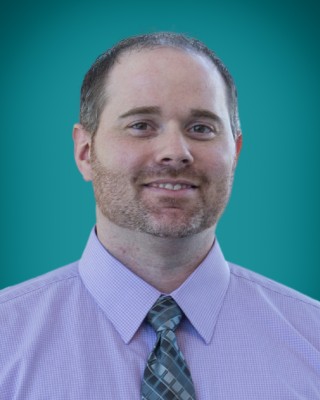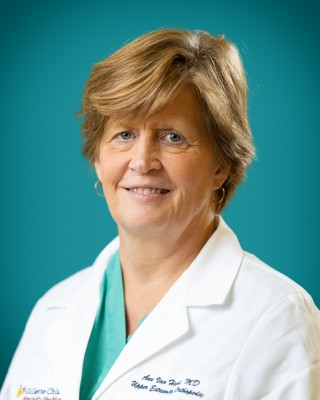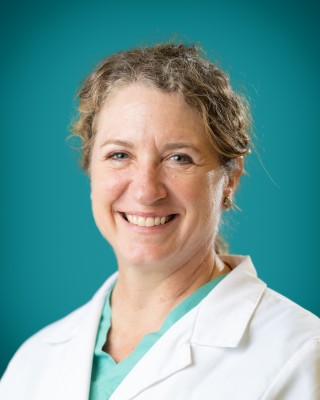Gillette’s orthopedics research program investigates problems that begin in childhood and affect bones and muscles, including tendons and ligaments.
Guided by Dr. Jennifer Laine, Pediatric Orthopedic Surgeon, Medical Director, Research, and Dr. Susan Novotny, Senior Clinical Scientist, the program collaborates with a team of surgeon and other care providers to research the full spectrum of orthopedic conditions and symptoms experienced by Gillette Children's patients and children throughout the world.
Areas of Current Orthopedics Research
Clubfoot
- Clubfoot is a condition that affects infants at birth, and results in the following physical characteristics:
- The ankle points downward.
- The toes pull in toward the inner leg.
- The bottom of the foot faces inward instead of downward.
- One out of every 1,000 children is born with clubfoot deformity, which affects more males than females. Some children have one affected foot, while others experience the condition in both feet. In mild cases, the foot might be quite flexible. In more severe situations, the foot is more rigid.
Hand and Upper Extremity Research
Hip Dysplasia and Preservation
- Dysplasia of the hip (DDH) is a condition that occurs when the hip joint abnormally forms or grows. The hip is a ball and socket joint. If the ball (called the femoral head) is not in the correct position within the socket (called the acetabulum), then the hip joint cannot develop as it should.
- Hip preservation refers to nonsurgical or surgical means to protect a deteriorating hip joint to delay or avoid joint replacement surgery.
- Slipped Capital Femoral Epiphysis (SCFE) usually happens during preteen and teen growth spurts. In this condition, the ball of the hip slips from the femur bone, creating pain and hip deformity. Surgery is needed to prevent further displacement.
Legg-Calvé-Perthes Disease
- Since 2000, Gillette has seen more than 200 patients who have Legg-Calvé-Perthes disease. Legg-Calvé-Perthes disease is one of the most difficult and controversial conditions with which to make treatment-related decisions.
- Legg-Calvé-Perthes disease is a rare condition in which the ball-shaped head of the thighbone temporarily loses its blood supply. As a result, the head of the thighbone collapses, and the area becomes inflamed and irritated. Children who experience Legg-Calvé-Perthes Disease are at higher risk of developing hip arthritis in adulthood.
- Several orthopedic specialists at Gillette Children's are involved in the International Perthes Study Group (IPSG). The IPSG actively recruits patients for multicenter studies. These studies evaluate potential risk factors for poor outcomes, assess treatment-related outcomes, and will help shape care standards for children who have Legg-Calvé-Perthes for decades to come.
Limb Differences and Limb Length Discrepancy
- Limb-length discrepancies and limb differences refer to conditions in which arms or legs (also known as limbs) are unequal in length or show other differences. This might mean that one leg is longer than the other, or one leg is shorter than the other.
Sports Medicine
- Sports Medicine research and care at Gillette is unique its focus on children who have disabilities or complex conditions, and in the availability of pediatric physical therapy and anesthesia practices for all pediatric patients. Our researchers examine sports injury causes including trauma, overuse, an imbalance in strength or joint range in motion, or pre-existing conditions.
Trauma
Upper-Extremity Research
- With one of the nation’s largest groups of pediatric orthopedic specialists, a team of skilled pediatric neurosurgeons, and the nation’s highest concentration of pediatric rehabilitation medicine specialists, Gillette is uniquely positioned to treat patients who experience brachial plexus birth injuries. Our research focuses on better understanding the causes of these injuries in order to predict and prevent their occurrence and improve treatment.
Orthopedics Research Team
Research Coordinators and Assistants
- Jamie Price, Clinical Research Coordinator I
- Elijah Welsh, Clinical Research Coordinator I
- Sarah Norman, Clinical Research Coordinator I
- Christian Ishag, Research Assistant II
 Home Page
Home Page
